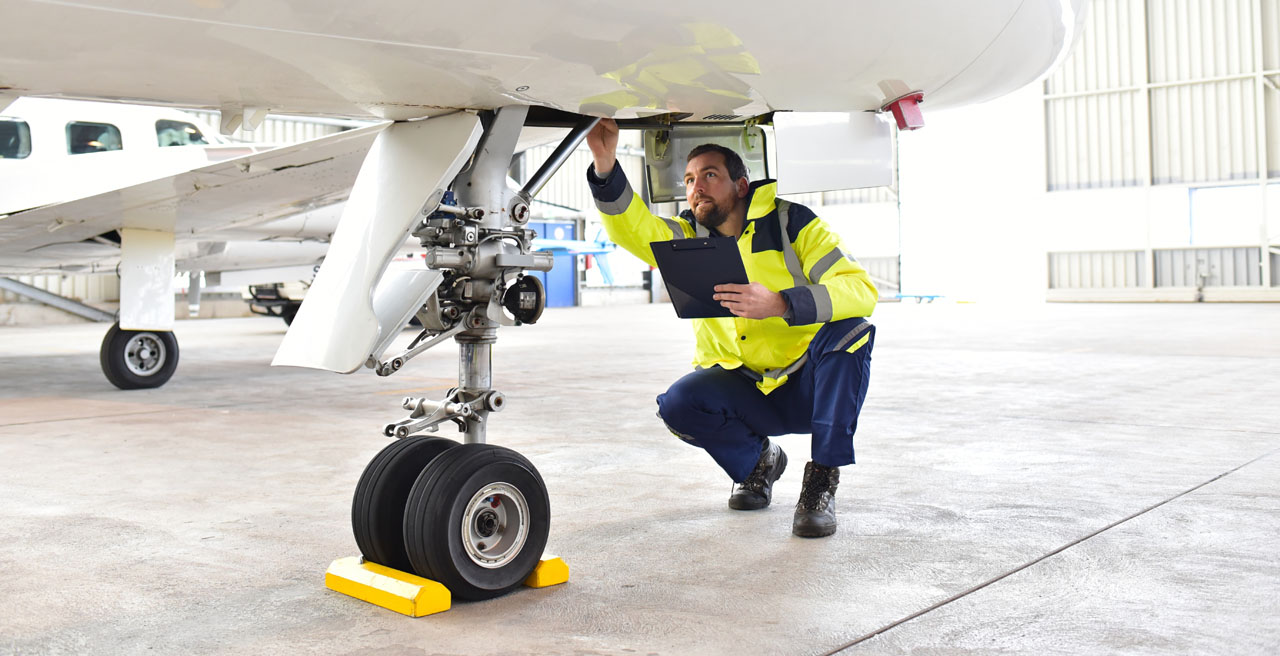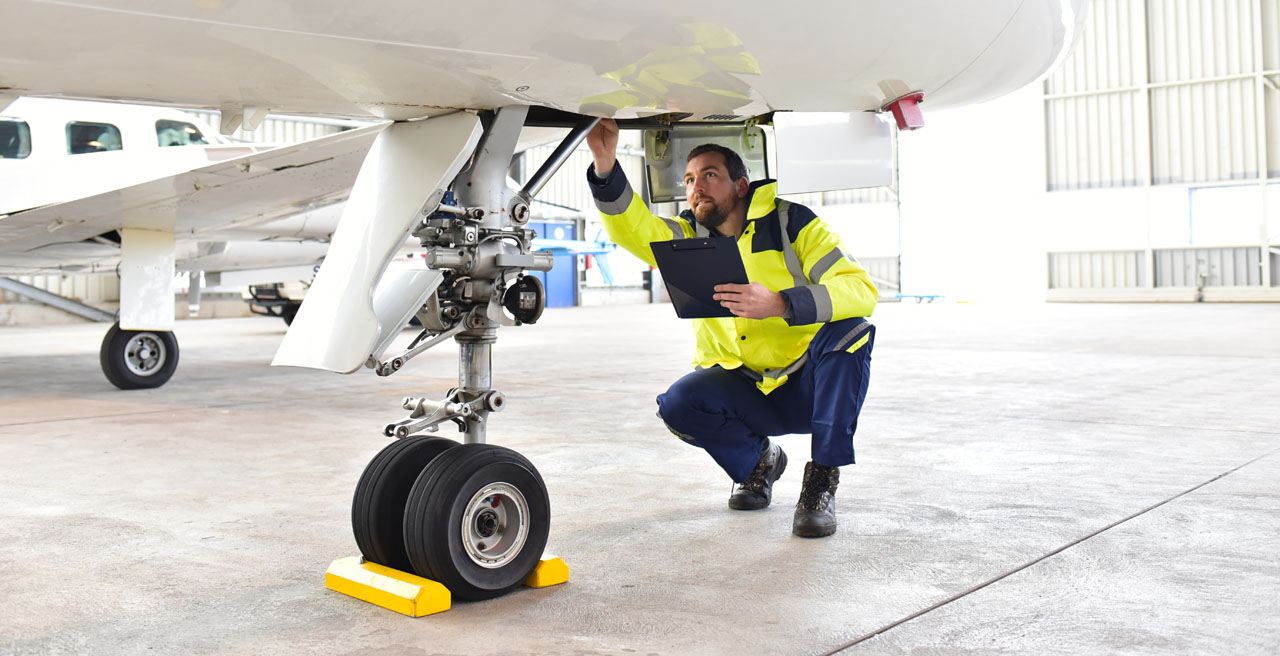The publish IATA’s annual safety report shows improvements in global aviation safety appeared first on TD (Travel Daily Media) Travel Daily Media.


The International Air Transport Association (IATA) launched its 2024 Annual Safety Report itemizing progress in the sector of aviation safety immediately, twenty sixth February.
This newest report shows that the global industrial aviation sector delivered one other 12 months of sturdy total efficiency on safety.
There have been numerous notable improvements, particularly with regard to the five-year common of a number of key parameters for aviation safety.
Notable highlights
In 2024, the all-accident charge of 1.13 per million flights, roughly one accident per 880,000 flights, was higher than the five-year common of 1.25.
However, this was inferior to the 1.09 recorded in 2023.
It also needs to be famous that there have been seven deadly accidents in 2024, amongst 40.6 million flights: larger than the only deadly accident recorded in 2023 and the five-year common of 5 deadly accidents.
Likewise, there have been 244 on-board fatalities in 2024, in comparison with the 72 fatalities reported in 2023 and the five-year common of 144.
Fatality danger remained low at 0.06, beneath the five-year common (0.10), though double the 0.03 reported in 2023.
According to IATA director-general Willie Walsh, you will need to do not forget that accidents are extraordinarily uncommon.
Walsh stated: “The long-term story of aviation safety is one of continuous improvement. A decade ago, the five-year average was one accident for every 456,000 flights. Today, the five-year average (2020-2024) is one accident for every 810,000 flights. That improvement is because we know that every fatality is one too many. We honour the memory of every life lost in an aviation accident with our deepest sympathies and ever greater resolve to make flying even safer. For that, the accumulation of safety data, including the 2024 safety report, is our most powerful tool.”
It also needs to be famous that airways registered underneath the IATA Operational Safety Audit (IOSA) had an accident charge of 0.92 per million flights, considerably decrease than the 1.70 recorded by non-IOSA carriers.
Action wanted in battle zones
While accidents and incidents associated to battle zones are thought of security-related occasions and never included or alluded to straight in the annual safety report, these and the rising variety of Global Navigation Satellite System (GNSS) interference incidents are a high concern for aviation safety.
That stated, IATA officers identified that this concern calls for pressing global coordination.
Walsh stated: “No civil aircraft should ever be a target, whether deliberate or accidental, of military operations. Governments must step up, enhance intelligence-sharing, and establish clearer global protocols to prevent such tragedies and safeguard civilian aviation.”
2024 noticed the downing of two plane in battle zones: particularly in Kazakhstan with 38 fatalities, and in Sudan with 5 fatalities.
These incidents have strengthened the significance of the Safer Skies initiative, established in the aftermath of the PS752 tragedy to facilitate safeguards in high-risk airspace.
Meanwhile, knowledge from the IATA Incident Data Exchange (IDX) additionally famous a pointy enhance in GNSS-related interference, which might mislead plane navigation techniques.
While there are a number of back-up techniques in place to assist aviation safety even when these techniques are affected, these incidents nonetheless pose deliberate and unacceptable dangers to civil aviation.
GNSS interference is most prevalent in Türkiye, Iraq, and Egypt.
Reports of GNSS interference, together with sign disruptions, jamming, and spoofing, surged between 2023 and 2024. Interference charges elevated by 175 %, whereas GPS spoofing incidents spiked by 500 %.
The IATA director-general stated of this: “The sharp rise in GNSS interference occasions is deeply regarding. Reliable navigation is prime to secure and environment friendly flight operations. Immediate steps by governments and air navigation service suppliers are wanted to cease this follow, enhance situational consciousness, and make sure that airways have the mandatory instruments to function safely in all areas.
Walsh likewise identified that accident investigation is an important device for bettering global aviation safety.
He stated: “To be effective, the reports of accident investigations must be complete, accessible, and timely. Annex 13 of the Chicago Convention is clear that this is a state’s obligation. Burying accident reports for political considerations is completely unacceptable. And if capacity is the blocker, then we need a coordinated global effort to provide technical support to countries with limited accident investigation expertise.”
Safety efficiency per area
- North America: With 12 accidents, the all-accident charge improved from 1.53 per million sectors in 2023 to 1.20 in 2024 and was higher than the area’s five-year common of 1.26. Fatality danger has remained zero since 2020. The most typical accident varieties in 2024 have been tail strikes, adopted by runway injury and runway excursions. While no accidents have been linked to clutter from area operations, the rising variety of rocket launches presents challenges for air visitors administration.
- Asia-Pacific: With seven accidents in 2024, the all-accident charge elevated from 0.92 per million sectors in 2023 to 1.04 in 2024 however remained beneath the five-year regional common of 1.10. Fatality danger was unchanged from 2023 at 0.15. There was no dominant classification for accidents in the area which included tail strikes, runway injury and turbulence, amongst others.
- Africa: With 10 accidents in 2024, the all-accident charge rose from 8.36 per million sectors in 2023 to 10.59 in 2024, exceeding the five-year common of 8.46. Africa (AFI) recorded the very best accident charge, although the fatality danger remained at zero for the second 12 months in a row. The most typical accident varieties in 2024 have been runway excursions, adopted by these associated to touchdown gear. 40 % of all accidents involving AFI-based operators have been on turboprop plane. Through the IATA Focus Africa initiative, the Collaborative Aviation Safety Improvement Program (CASIP) continues to mobilize sources to handle key safety challenges.
- Middle East and North Africa: With two accidents in 2024, the all-accident charge improved from 1.12 accidents per million sectors in 2023 to 1.08 in 2024 and was additionally higher than its five-year common of 1.09. Fatality danger has remained zero since 2019. While no accidents have been associated to GNSS interference, it has emerged as a crucial space of concern in the area.
- Commonwealth of Independent States: With no accidents in 2024, the all-accident charge improved from 1.05 accidents per million sectors in 2023 to zero in 2024, an enchancment over the area’s five-year common of two.49. Fatality danger has remained zero since 2022. GNSS interference and safety dangers linked to regional conflicts stay key issues for aviation safety in the realm. Note that the December 2024 downing of an Azerbaijan Airlines plane in a battle zone is excluded from accident classification in this safety report. It can also be vital to notice that CIS has restricted accident info out there and will endure bigger revisions than regular as soon as extra knowledge turns into out there. This could have an effect on accident charge in addition to fatality danger calculation.
- Europe: With 9 accidents in 2024, the all-accident charge elevated barely from 0.95 per million sectors in 2023 to 1.02 accidents in 2024. This charge is on par with the area’s five-year common accident charge of 1.02. The fatality danger charge elevated from zero in 2023 to 0.03 in 2024. The largest proportion of accidents have been associated to tail strikes adopted by runway excursions.
- North Asia: With a single accident, the all-accident charge elevated barely from zero accidents per million sectors in 2023 to 0.13 in 2024. This was higher than the area’s five-year common of 0.16 accidents per million sectors. Fatality danger has remained zero since 2022. There was just one accident involving North Asian-based operators and was associated to a tail strike.
- Latin America and the Caribbean: With 5 accidents in 2024, the all-accident charge elevated from 0.73 accidents per million sectors in 2023 to 1.77 accidents in 2024. This was higher than the five-year common of two.00. The fatality danger elevated from 0.00 in 2023 to 0.35 in 2024. The largest proportion of accidents was associated to tail strikes.
The publish IATA’s annual safety report shows improvements in global aviation safety appeared first on Travel Daily Media.
Source link

